What I Learned From My First Poster Competition
I recently participated in my university’s College of Engineering Annual Poster Competition, and won 1st place for my department (Department of Computer Science and Engineering)! This poster competition is for graduate students (Master’s and PhD) to showcase our research in a visually-compelling manner, and present it in 3 minutes or less to faculty judges outside our departments. I had a fantastic time presenting my poster, and learning from other participants. Here’s what I learned from this amazing experience!
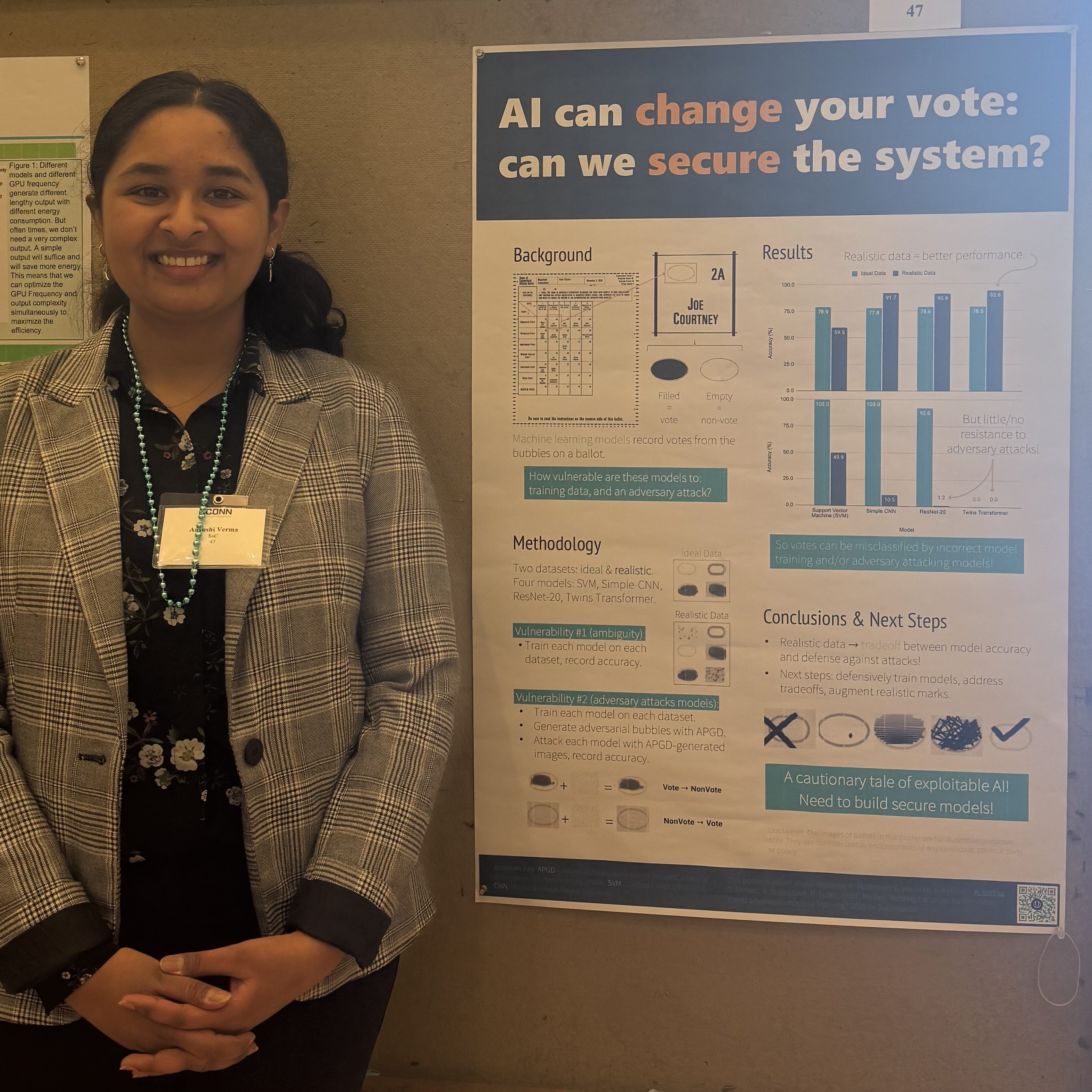
1. Plan in advance.
As soon as I heard about the poster competition, I started planning my course of action, namely what project I’d be presenting about, and what part of the research I thought would be most interesting for the audience to hear about. Planning in advance also gave me the opportunity to keep thinking and brainstorming about my research and how to present a condensed yet effective story.
2. Know the rules and guidelines.
In order to start designing my poster, it was important to know the guidelines for the competition, including the poster size and layout, presentation time, and format of competition. Knowing this information helped me prepare my poster so that I follow the rules of the competition and avoid losing any points on technicalities.
3. Prepare and practice the pitch.
Designing the poster itself was fairly easy (keep reading below for my specific design tips), but ultimately the poster is just a prop for me to convey my research to the competition judges. Therefore writing the pitch script is equally important and goes hand-in-hand with poster design (again, keep reading to learn how I wrote my pitch script). Once I wrote my pitch script and was satisfied with it, I practiced, practiced, practiced! I practiced in the shower, in the car, while walking to class, while doing the dishes – basically any moment of spare time I had, I practiced my pitch! The goal was not to memorize word-for-word the script, but rather to learn the flow of specific points in my story and key terms I wanted to say.
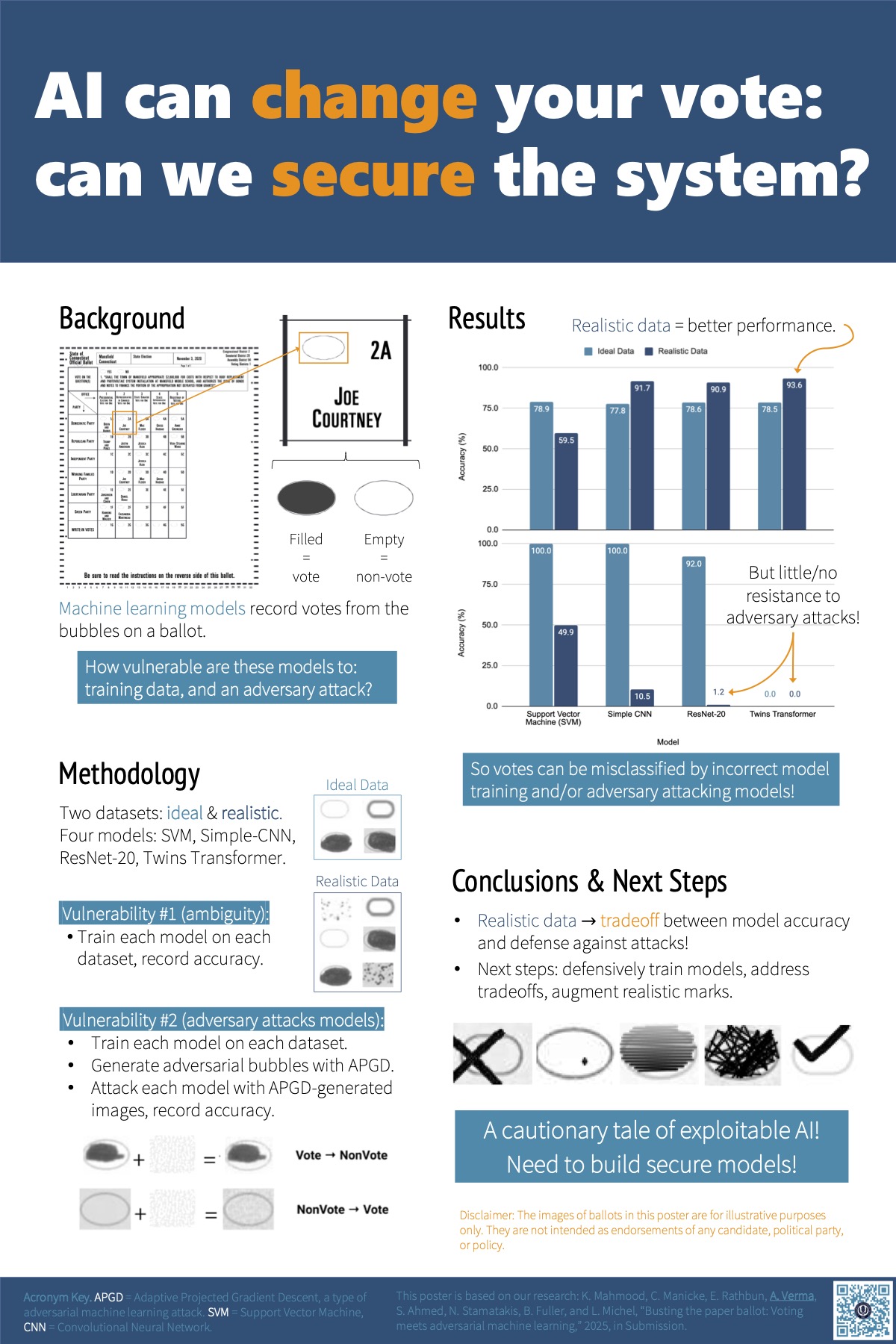
4. Get feedback early and often.
As soon as I learned about the competition, I spoke with my advisor and asked him for feedback on the research I wanted to present – we had a fruitful discussion on the key points of the research that are important, and this feedback was really helpful for me as I designed my poster and pitch. As I worked on developing my narrative, I often got feedback from my labmates, my research collaborators, my friends and family, and even my professor from the Scientific Communication class I took last semester! This variety of feedback and perspectives helped me hone my poster and pitch.
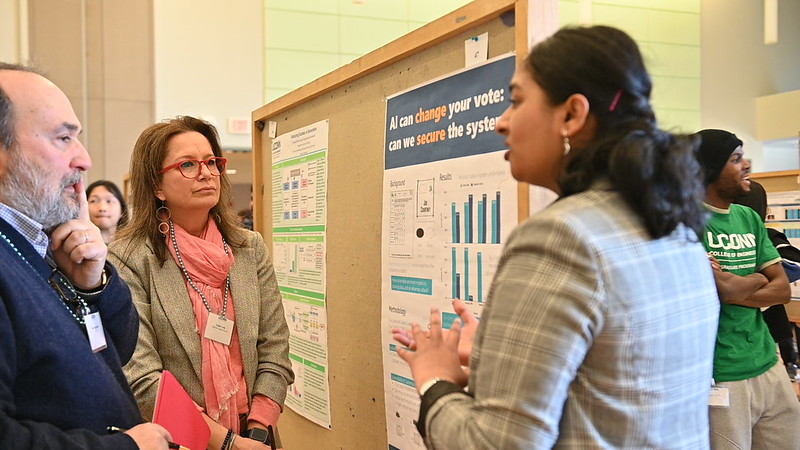
5. KISS.
Given that the poster presentation time was very short (3 minutes), I had to really think deep and convey only the most important things about my research. This meant Keeping Things Stupid Simple (KISS). I used the And, But, Therefore (ABT) storytelling framework to help me KISS. Essentially, the ABT framework is great for structuring your pitch so that it hooks the audience in, introduces the problem, and keeps them engaged to hear how you solved/are solving the problem. Read more about ABT in the ‘Resources’ section below.
Another way I KISS-ed was by using the Better Poster format. This is a poster design format I like because of its visual simplicity, and focus on conveying key information in a visual manner. Essentially, the key takeaway in plain English should be placed in the middle of the poster, with 1-2 supporting key visuals. I’ve included the specific tips I used to design my poster in the ‘Resources’ section.
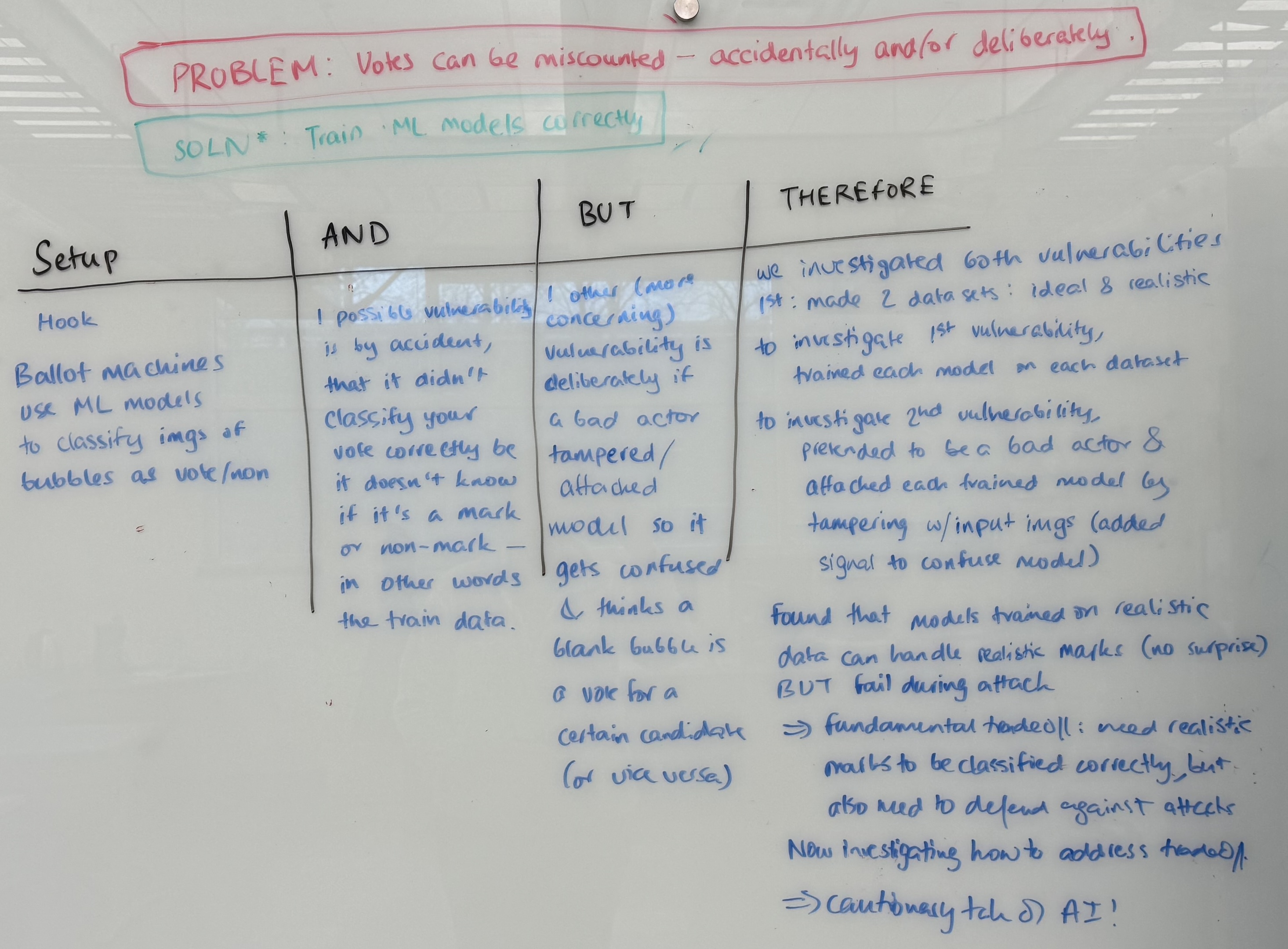
These tips helped me prepare for the competition, but here are some things I also learned from the actual day of the competition:
6. Wear comfortable shoes!
I wore a professional outfit, which called for my high-heeled boots – but to my great dismay, these boots were not as comfortable as I thought, and by the end of the event, my feet were killing me! This was a little distracting (and painful), and I wish I had worn my flat boots, because we were standing the whole time during the event (4-5 hours straight!). Oh well, I’ll remember for next time!
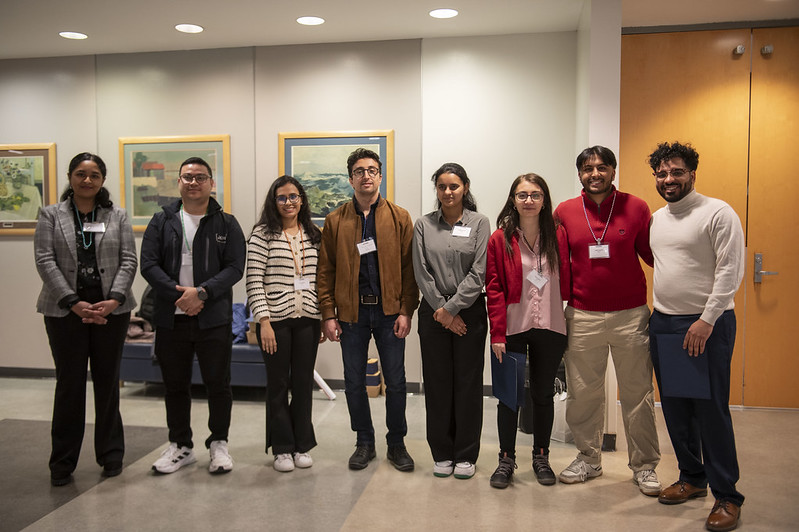
7. Have alternative versions of your pitch.
One of my greatest learnings during this competition was the necessity to “sell your science”. The ultimate winners of the competition had one thing in common: they were able to explicitly pitch their research as a sellable product to the final round judges, who were investors from industry. The judges asked them questions like, “What is the scalable value of your product?” and received dollar amounts in response. This was an eye-opening revelation for me, as thus far I had only viewed my research as “sharing knowledge to the community”, but in reality, an alternative version of this is also a market product! In fact, many common products we use today were indeed born from academia. This is also a great skill to have in academia itself, where you apply for scholarships, fellowships and grants to support your research – by identifying a clear, real-world “return on investment” from your research, it can help in making your application stand out to funding agencies.
Later after the competition had ended, I went up and talked to the final winner: a final-year PhD student from Material Science & Engineering, who presented their research on a color-changing nano-material which is lightweight and scalable – and I learned that they are already working on running 2 startups related to their research! I was fascinated hearing them talk about their journey and research – clearly they had put in the effort to really think about the real-world value of their research! One thing they recommended for learning about “selling your science” is by attending seed accelerators and seed pitches. Lucky for me, UConn has a great innovation program and hosts a monthly ‘Shark Tank’ style ‘Get Seeded’ event, which I’ll definitely attend to learn more about this new (to me) frontier!
Final Thoughts
Ultimately, my goal for taking part in the poster competition is because I love talking about my research, and learning about my peers’ research too! What’s a more fun way to do this than a poster competition? Furthermore this is great practice for conferences and building science communication skills – I highly recommend anyone to take part in such events – no matter what level you’re at (undergrad, Master’s, PhD, or beyond!). I especially love listening to the questions I get asked about my research – it helps me understand how others perceive my work, and enables me to better understand and explain my research. Finally, it’s a great way to connect with community and build a professional network!
Resources
How I Designed My Poster
I used PowerPoint to design my poster! I used >90pt font size for the big takeaway statement at the top, 60pt for headers, and 36pt for main body text. I chose a color palette of shades of blue, with an accent of orange for some contrast. I matched my bar chart of results to the same color palette, and matched keywords related to each of the columns of data as well, to make it visually easy to match up. I used QRCode Monkey to generate the QR code which points to the project website, and coolors.co to choose colors for my palette! One thing I forgot to include in my final version is my name and department, as I had been cycling through different versions of my poster before settling on this one, whoops!
Better Poster
- https://www.youtube.com/watch?v=SYk29tnxASs
- https://osf.io/6ua4k
- https://betterposters.blogspot.com/2019/04/critique-morrison-billboard-poster.html
And, But, Therefore
- https://www.youtube.com/watch?v=ERB7ITvabA4&t=5s
- https://katrinawesencraft.com/2021/08/11/creating-a-narrative-with-and-but-therefore/
3MT (3-Minute Thesis)
Enjoy Reading This Article?
Here are some more articles you might like to read next: